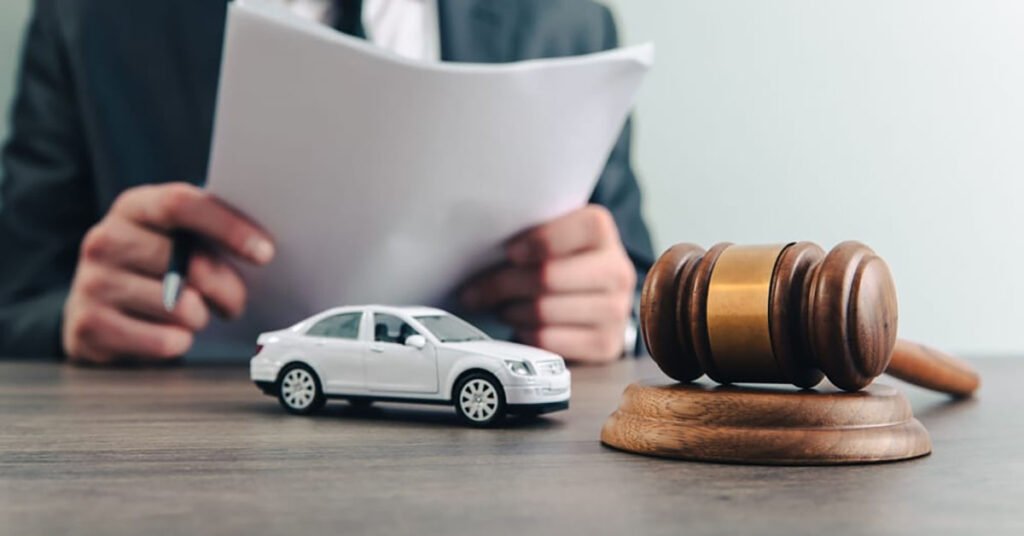Being in a car accident is overwhelming especially in a place like New York, where traffic is dense and fast-moving. Whether it’s a minor fender-bender or a serious collision, the moments following the crash can impact not only your health but also your ability to seek proper compensation.
That’s why knowing what to do immediately after an accident is so important. The right steps can help you avoid costly mistakes, protect your legal rights, and set you up for a smoother recovery both physically and financially. In many cases, reaching out to an experienced accident lawyer in New York can make a major difference in how your case unfolds.
Need Help After a Car Accident in New York?
Injured in a car crash or on a NYC construction site? A skilled accident lawyer in New York can help you understand your rights and next steps.
📍 147 E 82nd St, Suite 6B, New York, NY 10028
📞 (917) 941-4094
📧 Ira@irapintel.com

Step 1: Ensure Everyone’s Safety
The first thing anyone should do after a car accident is check for injuries—both yours and others involved. If there are any injuries, even minor ones, calling 911 is crucial. Emergency services will not only provide medical assistance but also document the scene officially, which may be important later.
In New York, it’s required by law to report an accident if there is injury, death, or property damage. The police report may play a major role if an insurance claim or legal action becomes necessary.
Step 2: Move to a Safe Location (If Possible)
If your vehicle is creating a traffic hazard and it’s safe to move it, do so. Otherwise, turn on your hazard lights and wait for help. Remaining calm and composed at the scene can help de-escalate tense situations and ensure safety for all involved.
Step 3: Gather Important Information
After ensuring everyone’s well-being, collect as much information as you can. This includes:
- Names and contact details of all drivers and passengers
- License plate numbers
- Insurance details of the other party
- Make and model of vehicles involved
- Names and contact info of any eyewitnesses
If possible, take photos of the accident scene, vehicle damage, road conditions, and visible injuries. These details may later support your version of events.
Step 4: Don’t Admit Fault or Speculate
Even if you think you may have contributed to the accident, it’s wise to avoid admitting fault at the scene. There may be factors you’re unaware of, and assigning blame is something best left to professionals. Stick to the facts when speaking with others or when filing reports.
Step 5: Seek Medical Attention
Not all injuries show symptoms right away. Conditions like whiplash, concussions, or internal injuries might surface hours—or even days—later. Getting checked by a medical professional creates a documented link between the accident and your injuries, which may be important if you need to pursue compensation.
Step 6: Notify Your Insurance Company
Let your insurance provider know about the accident as soon as you can. Be honest and thorough when sharing details but avoid guessing or speculating. You can provide them with the police report number, if available, and any photos or information you’ve collected.
Step 7: Consider Speaking with a Personal Injury Attorney
While not every car accident leads to legal action, certain situations may benefit from legal guidance—especially if you’ve suffered injuries, missed work, or are dealing with long-term health issues. Legal professionals who handle car accident cases often help people understand their rights and explore possible next steps, such as filing a personal injury claim or negotiating with insurance companies.
You don’t have to navigate this process alone, especially when laws around liability, no-fault coverage, and timelines can get complex in New York. Consulting with someone experienced in handling motor vehicle accidents may help you protect your long-term interests.
Step 8: Keep Track of All Related Expenses and Documents
From medical bills to tow truck receipts to emails with insurance adjusters—keep everything organized. A well-documented file can make a significant difference if you decide to pursue a claim or need to prove damages.
Step 9: Be Mindful of Legal Deadlines
New York law limits the time in which a person can file a lawsuit after an accident. This is known as the statute of limitations. Missing this window may prevent you from taking legal action altogether. If you’re unsure how these timelines apply to your case, it may help to speak with someone familiar with New York’s personal injury laws sooner rather than later.
Step 10: Focus on Recovery
Healing takes time—physically, emotionally, and financially. While the legal and insurance processes unfold, don’t lose sight of your well-being. Prioritize your medical care, follow through with treatments, and give yourself the space to recover fully.
FAQs
Q1: Do I have to report every car accident to the police in New York?
Not every accident, but if there’s injury, death, or over $1,000 in property damage, it’s legally required to report the accident to the police and file an MV-104 report within 10 days.
Q2: What if I feel okay after the accident—should I still see a doctor?
Yes. Some injuries don’t show symptoms immediately. A medical evaluation helps ensure your health and creates documentation in case symptoms appear later.
Q3: How long do I have to file a personal injury lawsuit after a car accident in NY?
Generally, the statute of limitations is three years from the date of the accident. However, some exceptions may apply. It’s helpful to get legal insight early to avoid missing important deadlines.
Need Help After a Car Accident in New York?
Injured in a car crash or on a NYC construction site? A skilled accident lawyer in New York can help you understand your rights and next steps.
📍 147 E 82nd St, Suite 6B, New York, NY 10028
📞 (917) 941-4094
📧 Ira@irapintel.com





